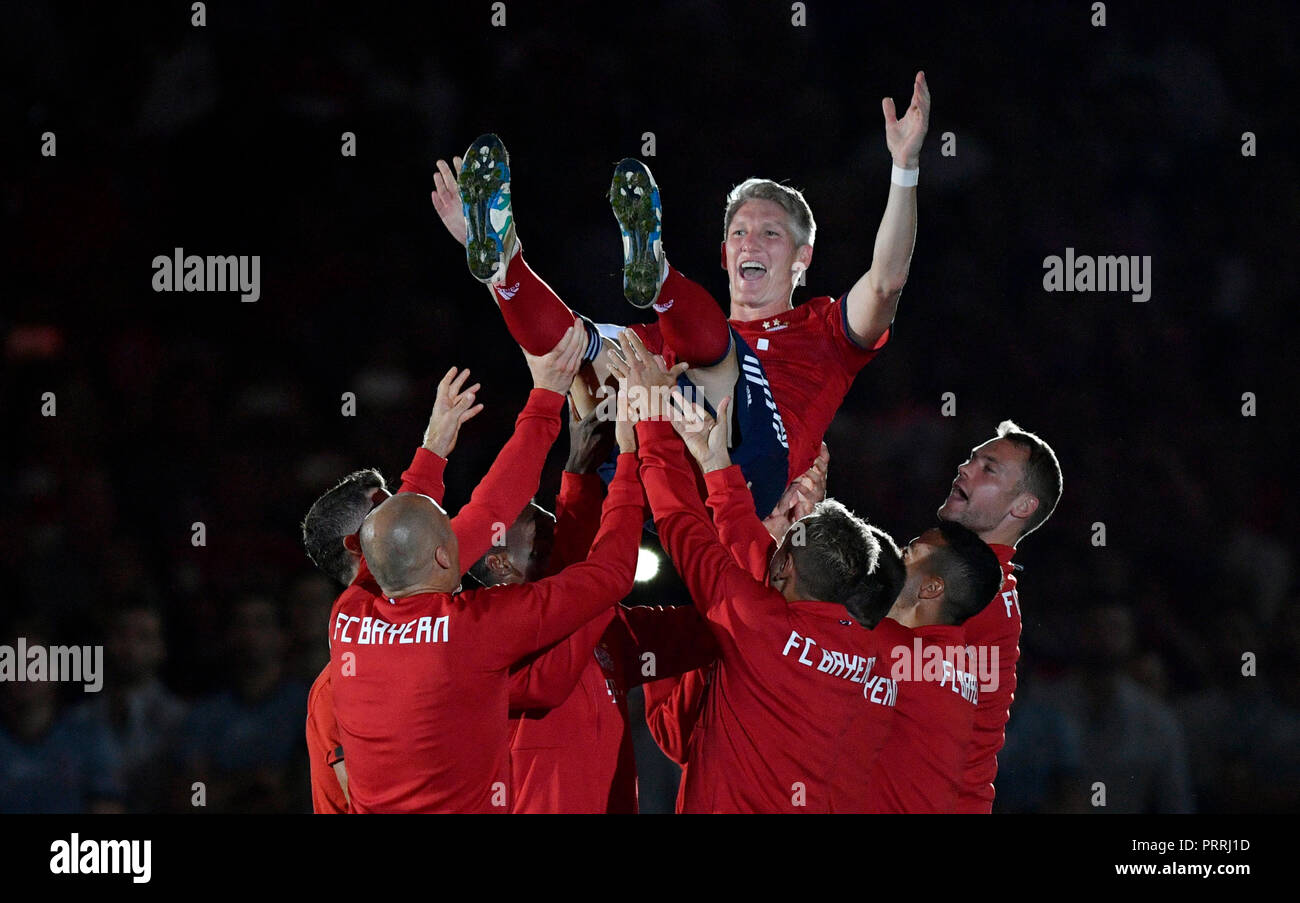Middle Managers: Bridging The Gap Between Leadership And Workforce

Table of Contents
Communication & Information Flow: The Middle Manager's Lifeline
Middle managers act as a crucial filter and translator, ensuring that information flows seamlessly between upper management and employees. They receive strategic directives from leadership and translate them into actionable plans and goals for their teams. Conversely, they gather feedback and insights from the workforce, providing valuable context and understanding to senior leadership. Clear, concise, and consistent communication is paramount.
- Effective communication techniques for middle managers: This includes regular team meetings, open-door policies, utilizing readily accessible communication channels like instant messaging or project management software, and fostering a culture of open dialogue.
- Addressing potential communication barriers: Middle managers must be adept at navigating language barriers, cultural differences, and varying communication styles. They need to tailor their communication to resonate with diverse audiences.
- Utilizing technology for efficient communication: Leveraging project management software, internal communication platforms, and other tools can streamline information flow and enhance transparency.
Performance Management & Employee Development: Fostering a High-Performing Team
Middle managers are pivotal in driving team performance. They set clear performance goals, provide regular feedback, and conduct performance reviews, ensuring that individual contributions align with overall organizational objectives. Furthermore, they play a critical role in employee development and mentorship.
- Effective performance management strategies: This involves setting SMART (Specific, Measurable, Achievable, Relevant, Time-bound) goals, conducting regular check-ins, providing constructive feedback, and addressing performance issues promptly and proactively.
- Identifying and addressing performance issues: Middle managers need to identify performance gaps early and work with employees to develop solutions, providing support and guidance.
- Investing in employee training and development: Facilitating access to training and development opportunities empowers employees, fostering growth and improving overall team performance.
- Mentoring and coaching team members: Middle managers serve as mentors, guiding and supporting the professional development of their team members.
Problem Solving & Conflict Resolution: Navigating Workplace Challenges
Middle managers often find themselves at the forefront of workplace challenges. Their ability to identify and resolve issues before they escalate is crucial for maintaining a positive and productive work environment.
- Identifying common workplace conflicts: Recognizing potential conflicts stemming from personality clashes, communication breakdowns, workload imbalances, or resource scarcity is the first step in effective conflict resolution.
- Implementing effective conflict resolution strategies: Middle managers need to be skilled in mediation, negotiation, and compromise, facilitating constructive conversations and helping team members find mutually agreeable solutions.
- Promoting a culture of collaboration and mutual respect: Creating a positive and inclusive work environment minimizes the likelihood of conflicts and fosters team cohesion.
- Escalating unresolved issues: Knowing when to escalate unresolved issues to upper management is a sign of effective leadership.
Strategic Alignment & Execution: Ensuring Organizational Goals are Met
Middle managers are the linchpin in translating organizational strategies into actionable plans. They break down overarching goals into smaller, manageable tasks, assigning responsibilities effectively and monitoring progress. They adapt strategies based on performance data and feedback, ensuring that the team remains aligned with organizational objectives.
- Breaking down organizational goals: Deconstructing complex goals into smaller, achievable tasks makes them less daunting and more easily understood by team members.
- Assigning tasks and responsibilities: Effective delegation ensures that tasks are assigned based on individual skills and strengths.
- Monitoring team progress and providing support: Regular monitoring and support ensures that teams stay on track and receive necessary assistance.
- Adapting strategies based on performance data: Flexibility and adaptability are crucial; strategies must be adjusted as needed based on performance data and feedback.
Building Strong Teams & Fostering Teamwork
Cultivating a strong, collaborative team is paramount to organizational success. Middle managers play a pivotal role in fostering teamwork, building camaraderie, and creating a positive work environment.
- Team-building activities: Engaging team-building activities improve communication, collaboration, and morale.
- Recognizing and rewarding employee contributions: Acknowledging individual and team achievements boosts morale and motivates continued high performance.
- Creating a culture of trust and respect: A culture of trust and mutual respect is essential for effective teamwork and collaboration.
- Promoting open communication and feedback: Encouraging open and honest communication ensures that all team members feel heard and valued.
Empowering Middle Managers for Organizational Success
Effective middle management is not merely a component of organizational success; it is the cornerstone. Middle managers, by bridging the gap between leadership and workforce, ensure seamless communication, efficient execution, and high employee morale. Their ability to manage performance, resolve conflicts, and foster teamwork directly impacts an organization's ability to achieve its strategic goals. Investing in training and development programs for middle managers, focusing on communication, performance management, and leadership skills, is an investment in the future success of the entire organization. Recognize and support your middle managers – they are crucial in bridging the gap between leadership and workforce.

Featured Posts
-
 Jessica Simpson Opens Up About Marriage Struggles And Emotional Pain
May 12, 2025
Jessica Simpson Opens Up About Marriage Struggles And Emotional Pain
May 12, 2025 -
 Is Jazz Chisholm Outpacing Aaron Judge A Statistical Look
May 12, 2025
Is Jazz Chisholm Outpacing Aaron Judge A Statistical Look
May 12, 2025 -
 Yankees Diamondbacks Injury Update April 1st 3rd Games
May 12, 2025
Yankees Diamondbacks Injury Update April 1st 3rd Games
May 12, 2025 -
 The End Of An Era Thomas Muellers Farewell Match At The Allianz Arena
May 12, 2025
The End Of An Era Thomas Muellers Farewell Match At The Allianz Arena
May 12, 2025 -
 Changes In The Diamond League Duplantis Role In A New Competitive Era
May 12, 2025
Changes In The Diamond League Duplantis Role In A New Competitive Era
May 12, 2025
